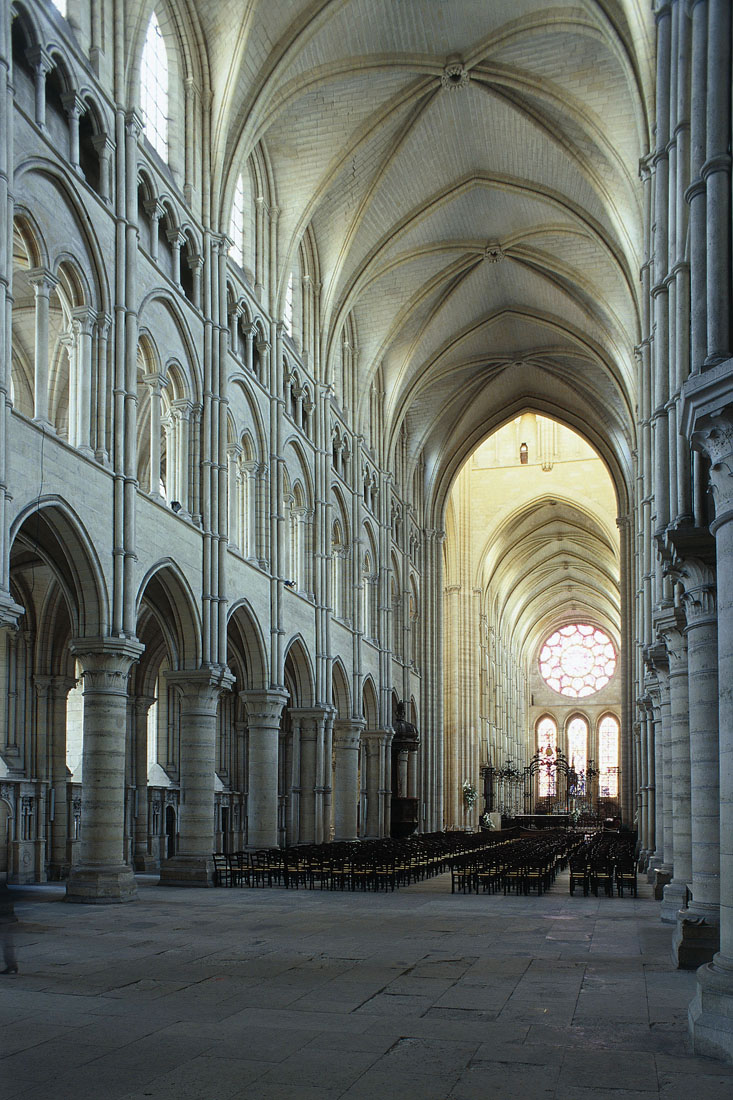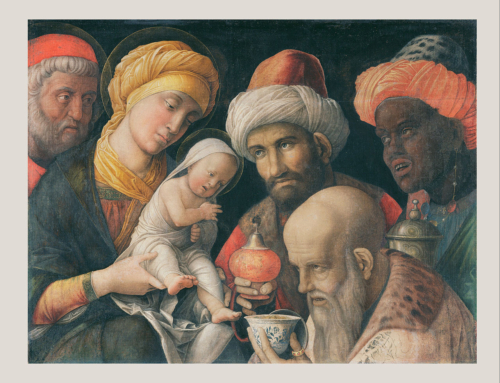With the fire at Notre Dame it is worth asking why the destruction of this iconic structure at the heart of Europe has moved so many people so deeply.
The word “iconic” which everyone is throwing around is actually important. It describes why this building and this architecture is important.
Gothic architecture developed out of Romanesque architecture which in turn had developed out of the civic architecture of the Roman Empire. As such it is the flowering not only of Christian art and theology, but it also represents the flowering of Christendom out of Roman and Greek civilization.
In other words, Notre Dame Cathedral–and the other Gothic churches and civic buildings across Europe represent Christendom. What is “Christendom”? It is the Christian culture that unified Europe for fifteen hundred years before the breaking of the Age of Revolution which began with the Protestant Revolution in the sixteenth century.
Gothic architecture stands as a sign of a united Europe. Individual nation states were second in importance and priority to the overarching loyalty to Christendom–united as it was under one religion and therefore one universal loyalty–to the church.
Gothic architecture is a worthy example of how this loyalty to one church, one faith, one Lord–was unified by not uniform. In other words, within the greater loyalty there was a healthy diversity. The ecclesial architecture illustrated this balance of unity and diversity.
Travel around Europe and if you know what to look for you will see a flowing development from Roman to Romanesque to Late Romanesque and Norman to early Gothic architecture. This natural flowing development can be seen in the ancient churches both village churches and cathedrals and abbeys. The unity was there, but the development was also diverse in the different areas of Europe. In England, gothic flowered into the glories of English perpendicular architecture. In France it blossomed into Charters, Notre Dame and Mont St Michel. In Spain, Italy, Germany, Poland, Austria and Bohemia the architecture took its own national flavor while still remaining Gothic and Catholic.
This was broken by the Protestant Revolution, but it was also broken by nationalism. English Protestantism went one way. German Protestantism went another. With the Counter Reformation Catholicism went romping off into the Baroque and Rococo before lapsing into Neo Classicism and the Romantic Neo-gothic. Meanwhile the different Protestant sects (being true to their philosophy) did “What seemed right to them.”
Notre Dame should be restored with this in mind: that the church represents the unity of Christendom, and perhaps the French and the bureaucrats of the European Union might remember that their own government was founded as an attempt to restore a unity in Europe that was rooted in the original unity that existed through a shared faith.
As for Macron’s tremulous and shallow idea that the restoration of the cathedral should show the diversity of modern French culture. Non! Diversity is best express through each diverse group being as true as possible to their own culture and religion. A watery religious stew made up of all that is wishy washy and bland from all the religions would be lukewarm.
We would therefore spew it out of our mouths.
If modern France is a diverse and multi racial place, then by all means let the Muslims build magnificent mosques with minarets and let the Hindus build golden domed temples. Let the Jews build sumptuous synagogues and let the Mormons build their tacky tabernacles.
But let Catholic France affirm her Catholic heritage and her place in the center of Europe by re-building Notre Dame faithful to her builders’ original intent–as a temple honoring the greatest woman who ever lived and a house for the presence of her Son who is the Resurrected Lord of Glory.







Leave A Comment
You must be logged in to post a comment.